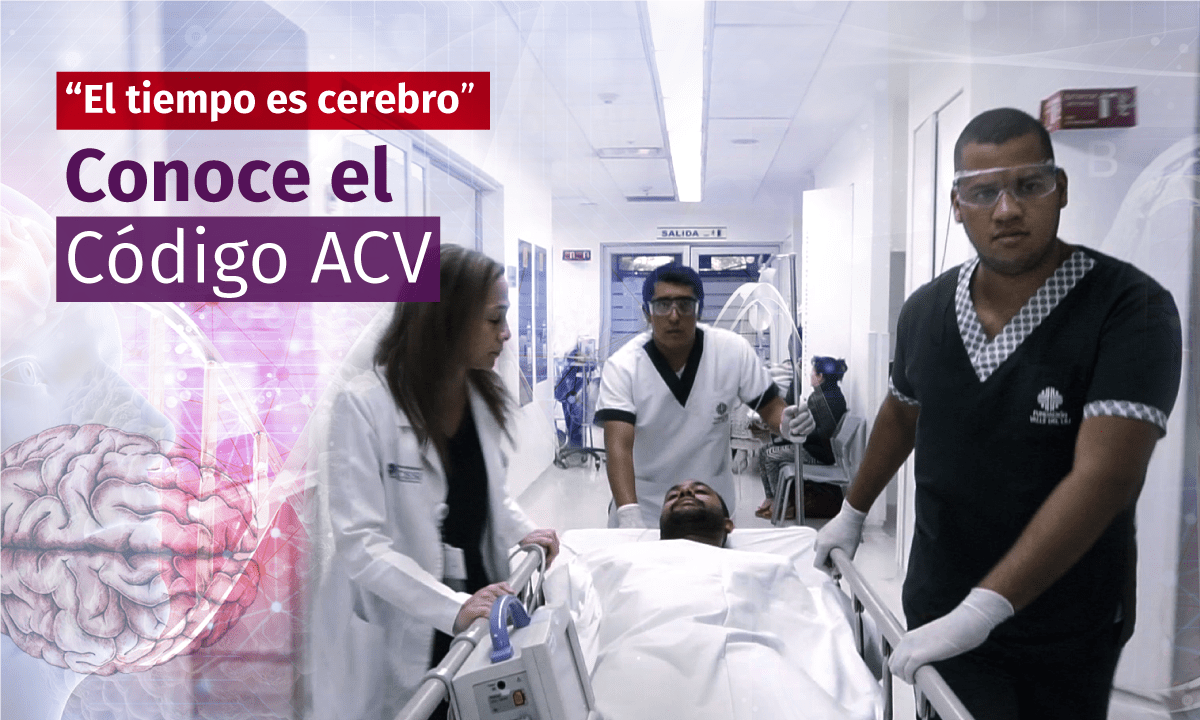Medical Directory
More than 500 full time specialists, who guarantee you appropriate care
View DirectoryO
P
U
P
U
International Medical Care
Click on the overview to see more information about our office
More than 500 full time specialists, who guarantee you appropriate care
View DirectoryClick on the overview to see more information about our office

Cerebrovascular Accident (CVA) is an emergency that puts a patient’s health at risk and may even be life-threatening if it is not promptly treated. There are two main types of CVA:
Ischemic CVA:
Usually known as cerebral infarction or cerebral thrombosis. It is caused by lack of blood supply to a part of the brain, when a cholesterol plaque with a thrombus inside it or when a thrombus or an embolus formed at a distant site, as the heart, block an artery, and then travels through the artery, obstructing it.
Hemorrhagic CVA:
Commonly known as hemorrhagic stroke, it occurs when a brain artery is damaged by structural lesions, such as aneurisms or conditions like non-controlled hypertension, resulting in a hemorrhage inside the brain tissues or around the brain.
A study by the University of California in Los Angeles (UCLA) estimates that for every minute neurons do not receive blood supply, 2 million neurons will die, therefore, in one hour 120 million neurons will be lost irreversibly (Saver, JL. 2006). This may result in a limited capacity to speak or write, or move one side of the body, and the patient may need a walking aid or even permanent assistance for daily activities. In Colombia, around 45,000 people have a CVA event every year; it is the second leading cause of mortality and the first leading cause of acquired disability in adults.
Time is a vital factor when a patient has a CVA event, it is a race against time, and the faster attention is provided, there will be more chances of a full recovery, reducing or eliminating sequels completely.
Since 2013, an strategy called “CVA CODING” was implemented at Fundación Valle del Lili, by means of our multidisciplinary work of specialists in Emergency Medicine, Neurology, Neuroradiology, Endovascular treatment, Anesthesia, Neurosurgery and the Intensive Care Unit (ICU), in order to offer comprehensive treatment to patients with acute ischemic CVA.
The development of an assistance protocol for CVA improves team work, allows for the establishment of attention guidelines, reduces the time of each intervention and increases the number of patients with acute ischemic CVA that may receive reperfusion therapy, which is restoring the blood supply to the affected brain region, through thrombolysis or extracting the clot through catheterization (thrombectomy) in order to reduce sequels from the event and ensure the return of the patient to his/her family and social activities in the best possible condition.
In 2018, the CVA CODING at Fundación Valle del Lili was redesigned. A multidisciplinary team of physicians from different specialties, a nursing team certified in CVA care, paramedical personnel and the referrals office are available to provide a fast and effective assistance to patients with acute ischemic CVA. This multidisciplinary team provides their services 24 hours a day and 365 days a year.
In 2018, 200 patients were attended; 1 out of 5 received thrombolysis treatment and 1 out of 20 had a thrombectomy procedure. Imaging was completed in 20 minutes and administration of medication was finished in 50 minutes. This is less than the parameters recommended in international guidelines, as the American Stroke Association’s management guidelines.
Thrombolysis: it is the application of medication through intravenous route in order to dissolve a thrombus or blood clot.
Thrombectomy: it is the extraction of a thrombus or blood clot through a catheter introduced through the groin to the brain.
Time is brain
Every reduction of 15 minutes in the time of assistance means a reduction of 4% in mortality, a 4% of reduction in symptomatic intracranial hemorrhage and 4% of improvement in a patient’s independence for performing daily life activities after being discharged from hospital (Saver, JL. 2013).
If you observe acute symptoms like:
You must go immediately to the emergencies service, since the first 6 hours are crucial for ensuring the highest possibility of obtaining benefit from next generation treatment for CVA, which may be provided at an institution with adequate facilities and logistics such as Fundación Valle del Lili.